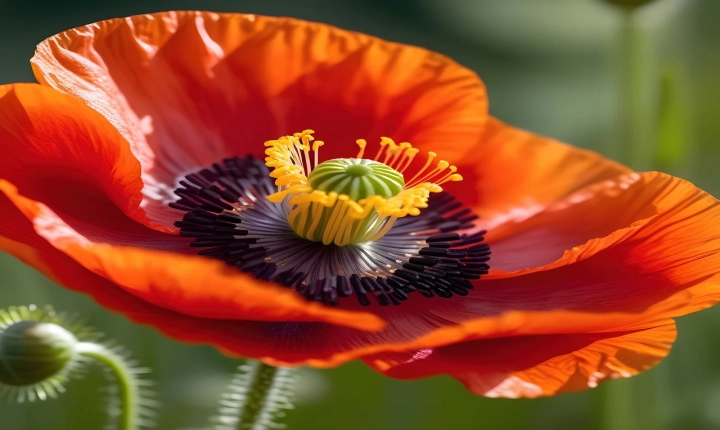Title: How to Create a Picture AI: A Step-by-Step Guide
Advancements in artificial intelligence have given rise to a wide range of innovative applications, one of them being the ability to create lifelike images. The process of making a picture AI involves training a model to generate realistic images, often using a technique called Generative Adversarial Networks (GANs). In this article, we will explore the step-by-step process of creating a picture AI:
Step 1: Define the Objective
Before diving into the technical aspects, it’s important to define the objective of the picture AI. Are you aiming to generate realistic human portraits, create original artwork, or develop a tool for image manipulation? Clearly defining the objective will guide the subsequent steps in the process.
Step 2: Data Collection
Data is the backbone of any AI model. Collect a diverse and extensive dataset of images relevant to your objective. For example, if the goal is to create realistic human portraits, gather a wide variety of facial images representing different ages, genders, and ethnicities. Ensure that the dataset is well-curated and labeled to facilitate the training process.
Step 3: Preprocessing the Data
Once the dataset is assembled, it’s essential to preprocess the images. This might involve tasks such as resizing, cropping, and normalizing the images to ensure consistency and optimize the training process. Additionally, data augmentation techniques can be applied to increase the diversity of the dataset and improve the model’s generalization capabilities.
Step 4: Model Selection and Training
Select a suitable GAN architecture for the picture AI task at hand. Popular architectures such as DCGAN, StyleGAN, and BigGAN have been widely used for image generation tasks. Train the chosen model using the preprocessed dataset. This will involve iterative training, adjusting hyperparameters, and monitoring the model’s progress to achieve desirable results.
Step 5: Evaluation and Fine-Tuning
After training, evaluate the generated images to assess their quality and realism. Fine-tune the model based on the evaluation results, potentially adjusting the architecture, loss functions, or training data. This iterative process of evaluation and fine-tuning is crucial for improving the picture AI’s output.
Step 6: Deployment and Application
Once the picture AI model has been trained and fine-tuned, it can be deployed for various applications. Whether it’s used for creating art, generating synthetic data for research, or enhancing photo editing tools, the potential uses of picture AI are vast.
Step 7: Ethical Considerations
It’s important to address ethical considerations when developing picture AI. Carefully consider the potential impact of AI-generated images, including issues related to privacy, consent, and misuse of the technology. Ensuring responsible and ethical use of picture AI is paramount.
In conclusion, creating a picture AI involves a multi-faceted process that encompasses data collection, model training, evaluation, and ethical considerations. The potential applications of picture AI are expansive, and as the field continues to advance, the ability to create high-quality, realistic images using AI will only improve. By following the steps outlined in this guide and staying mindful of ethical implications, developers and researchers can harness the power of picture AI to unlock new creative possibilities.
